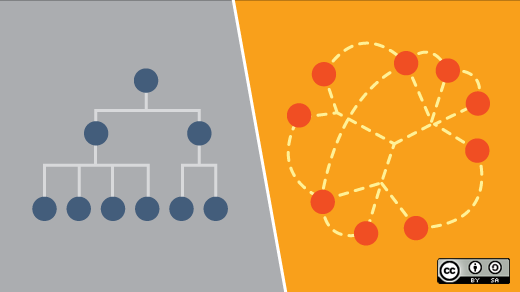As the “Fasten Seatbelts” sign goes off in the global economy and CEOs step out of their crisis-control command centers, they must now decide: Should we go back to leading from atop the organizational pyramid—or should we stay in the eye of the storm?
The value zone has shifted to the frontlines, as I pointed out in an earlier post, where employees interact with customers. CEOs can no longer afford to lead from a distance, so they should move to a place that is at the core of those interactions and yet, is quiet. That idea brings to mind the British explorer, Ernest Shackleton, one of the world’s greatest leaders.
This article was originally posted on the Management Innovation eXchange (MIX), an open innovation project aimed at reinventing management for the 21st century.
As we all know, Shackleton couldn’t get to the South Pole because the ice trapped his ship, Endurance, and crushed it until it sank. However, Shackleton snatched success from the jaws of defeat by leading an 800-mile journey across the ice in sub-zero conditions that brought all his men back to safety.
Throughout the expedition, Shackleton kept his ear close to the ground, led by example, quickly changed his objectives when necessary, and abandoned plans that didn’t seem to be working. He survived the impossible because he stayed in, and led from, the eye of the storm.
Doing so sharpened his ability to judge each situation quickly and to take timely decisions. Had he stayed in camp and sent out a rescue party, as other leaders might have done, the results would have been different.
Leaders have traditionally led from the top, from where they can get a bird’s eye view. Army generals wage war from the heights rather than from the trenches, for instance. However, when the dust rises, you could be too high to see through the haze and gauge movements on the ground.
The top of the pyramid is far from the realities on the ground and the organization’s energy fields. By contrast, leaders who stay at the heart of organisations can respond quickly to new developments as well as enthuse, enable, and encourage people.
People fear storms such as hurricanes and tornadoes, but those also have energy, momentum, and speed. If you can use that energy to build, rather than destroy, you can create a great organization.
Don’t forget, pyramids have long been associated not just with beauty, elegance, and power but also with death. So the next time you dream about climbing the ladder to sit atop the organziational pyramid, ask yourself: Is that what I want? Will that really deliver results?
This post was originally published on Harvard Business Review.com.







Comments are closed.